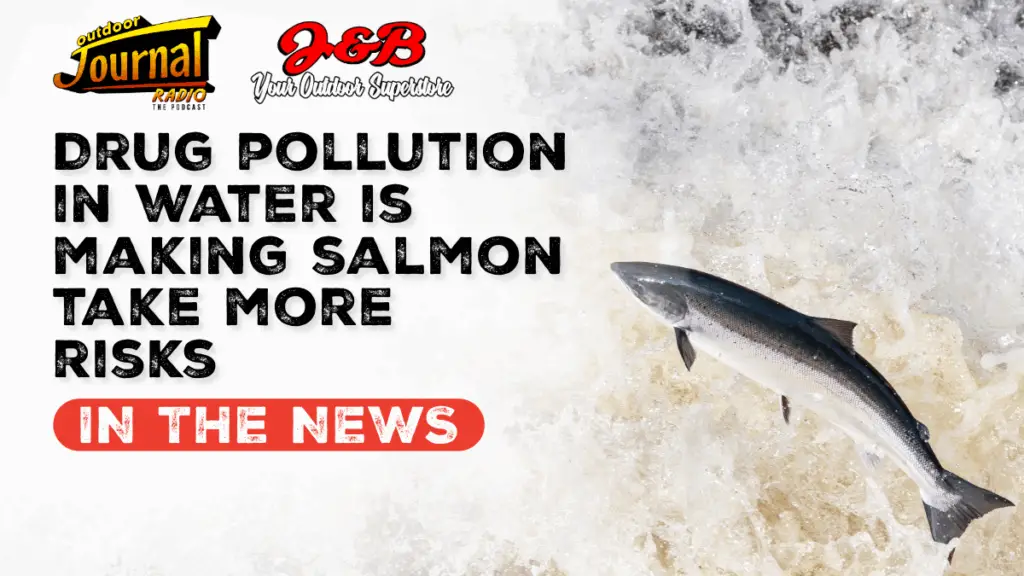In the pristine rivers of Sweden, a surprising discovery has emerged: Atlantic salmon are exhibiting riskier behaviors during migration, and the culprit is human pharmaceuticals. A recent study published in Science reveals that anti-anxiety medications, specifically clobazam, are making their way into waterways and affecting salmon behaviour in unexpected ways.
The Study
Researchers at the Swedish University of Agricultural Sciences conducted an experiment on 279 juvenile Atlantic salmon. Some fish were implanted with slow-release doses of clobazam, a benzodiazepine commonly prescribed for anxiety and sleep disorders. These fish were then tracked as they migrated from the Dal River to the Baltic Sea.
The findings were striking:
- Increased Boldness: Salmon exposed to clobazam navigated hydropower dams two to three times faster than their unmedicated counterparts.
- Reduced Schooling: These fish were more likely to swim alone, abandoning the safety of the group.
- Higher Migration Success: A greater percentage of medicated salmon reached the sea compared to those not exposed to the drug.
Implications for Ecosystems
While the immediate effects might seem beneficial, scientists caution against jumping to conclusions. Altered behaviours, such as reduced schooling, can make salmon more vulnerable to predators. The long-term ecological consequences remain uncertain, but the study underscores the broader issue of pharmaceutical pollution in aquatic environments.
Pharmaceutical Pollution: A Global Concern
This phenomenon isn’t isolated. Nearly 1,000 pharmaceutical compounds have been detected in waterways worldwide, from antibiotics to antidepressants. These substances enter the environment through various channels:
- Human Excretion: Medications pass through our bodies and enter sewage systems.
- Improper Disposal: Flushing unused drugs contributes to contamination.
- Manufacturing Waste: Pharmaceutical production can release active compounds into water sources.
Traditional wastewater treatment plants often aren’t equipped to remove these complex chemicals, leading to their accumulation in rivers and lakes.
What Can Be Done?
Addressing pharmaceutical pollution requires a multifaceted approach:
- Improved Wastewater Treatment: Upgrading facilities to filter out pharmaceutical compounds.
- Public Education: Encouraging proper disposal of unused medications.
- Green Pharmacy: Developing drugs that break down more easily in the environment.
Conclusion
The discovery that human medications are influencing salmon behaviour serves as a stark reminder of our interconnectedness with the environment. As we continue to rely on pharmaceuticals, it’s imperative to consider their downstream effects—not just on human health, but on the ecosystems we share.
For anglers and environmental enthusiasts alike, this study is a call to action: to advocate for cleaner waterways and to recognize the unseen impacts of our daily choices.





